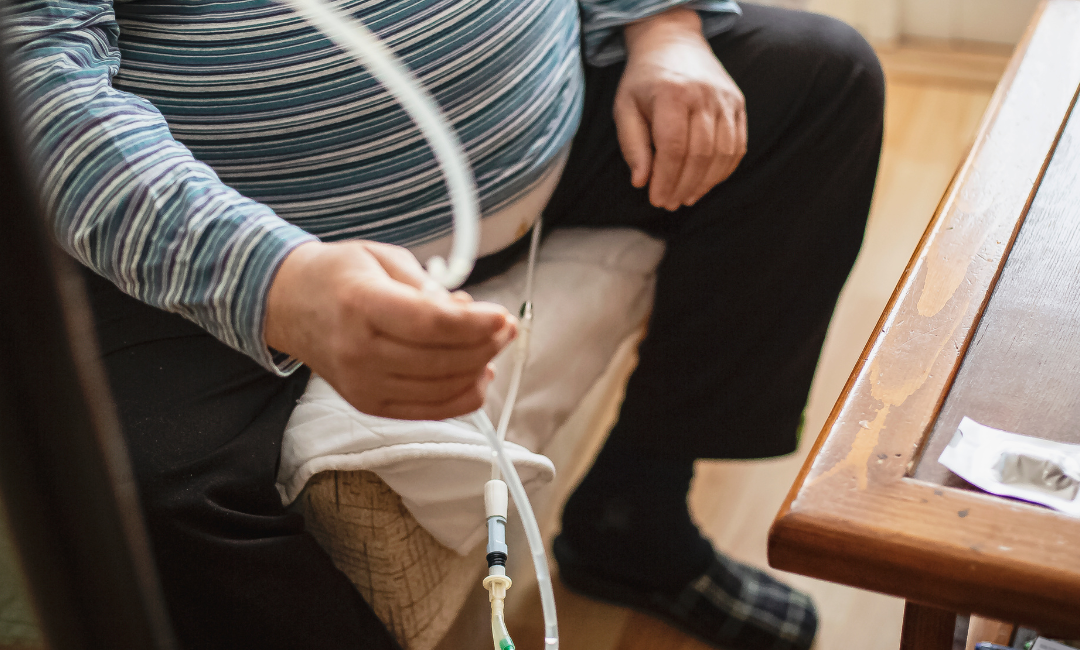LGBTQ Cultural Competency Practices
This Pride Month, it is time for a change.
Here are some ways you can increase your own LGBTQ cultural competency with patients:
Question Oneself
How do you feel about LGBT people? Truthfully, if you do not feel comfortable with LGBT people, it is going to be very difficult to provide inclusive care to LGBT people.
If you are uncomfortable with LGBT people, ask yourself why that is and what you would be willing to do to address this bias. Does your workplace offer LGBTQ cultural competency trainings? Does your workplace offer education on LGBTQ implicit bias?
Make No Assumptions
I have heard people say that they suspect this person is gay or that person is bisexual without having any of that confirmed by the patient and having no relevancy in patient care.
If you are taking care of someone for a kidney stone, do you also need to know about their sexuality? Whether it is about race, gender, sexual orientation, health history, or something else, assumptions have no place if you want to practice LGBTQ cultural competency.
Reach Out To One’s Employer
What trainings or programs does your employer have about LGBTQ Cultural competency? If you are taking mandatory training for your employer, inquire about any LGBTQ cultural competency and inclusivity training.
If nothing is mandatory, take it upon yourself to take LGBTQ cultural competency courses like this one, and implicit bias trainings from your favorite nursing ceu provider.
Talk to the Patient Like They Are a Regular Person
If you are unsure about a person’s sexual orientation, pronouns, gender identity, or anything else, ask the patient.
Part of practicing LGBTQ cultural competency is the ability to develop a rapport with that patient and establish trust.









